IN FOCUS: ‘Times have changed’ – is there a future for Singapore’s Chinese clan associations?
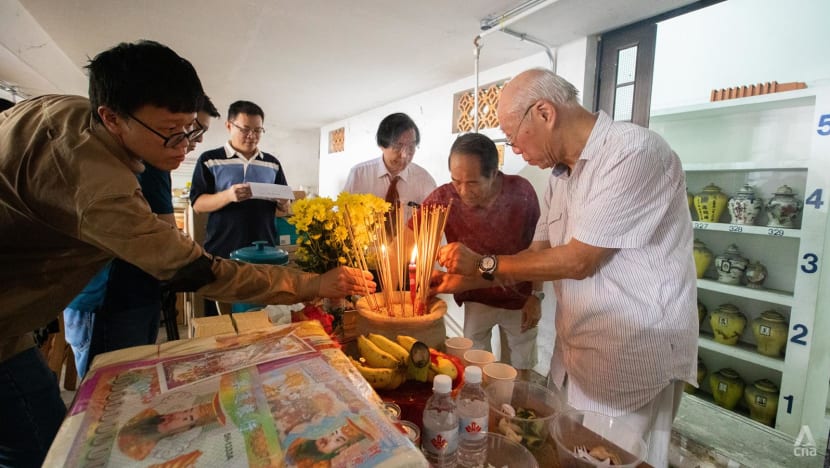
A group of people gather to make offerings for Cantonese ancestors whose remains are unclaimed at Kwong Wai Siew Peck San Theng on Aug 17, 2024. (Photo: CNA/Ili Nadhirah Mansor)
She eventually became part of the association's lion dance troupe, as well as a clan member.
Her passion kept her going, including through circumstances unique to women in what was a largely patriarchal setting – for instance, she recalls not being allowed to hold the lion’s head when she was menstruating.
Ms Wong's early ambivalence and anachronistic experience reflect the growing challenges faced by Chinese clan associations here: To attract, retain and interest apathetic younger generations; and to evolve with modern times.
The government has long acknowledged the issue, with Prime Minister Lawrence Wong becoming the latest Singapore leader to voice support for the clan associations, and in his maiden National Day Rally speech no less.
Just a month earlier, he also spoke at the Huang Clan Association’s 100th-anniversary dinner, where he urged Chinese clan associations in Singapore to ensure leadership renewal to continue to serve the community.
“I believe that as Singapore enters the next phase of nation-building, the clan associations can play a bigger role in helping to unite our society,” he said then. “The clan associations must constantly be attracting young members to maintain their vitality and bring themselves to greater heights.”
In the face of such calls to refresh their model, clan associations are increasingly worried about preserving their past while finding a new direction for the future, according to interviews with more than 20 individuals CNA spoke to for this story.
Calling it a “crossroads” for Singapore’s clans, 33-year-old Loh Tian Kai from the Char Yong (Dabu) Association asked: “How do you keep something that was created for a very different purpose decades ago, even centuries ago, relevant today?”
PRESSING PROBLEMS
The founding of Chinese clan associations is tied to the origins of modern Singapore. Some of them have survived – and adapted – since Chinese immigrants started arriving in the 1800s.
Cho Kah Koon is the oldest clan association here, established in 1819, the same year Sir Stamford Raffles, Temenggung Abdul Rahman and Sultan Hussein Shah of Johor signed the Singapore Treaty. It was founded by a man from the Chinese city Taishan who arrived with the Raffles expedition.
In Singapore and other countries that have historically received Chinese immigrants, there are locality-based clans, which bring people together based on where in China they came from. Then there are kinship-based clans, which unite people of the same last name. Some clans are a combination of both of those things.
Either way, they had the same original purpose: To gather the community and help meet basic needs like lodging, employment and marriage and funeral rites, said Dr Lee Wee Heong, head of Chinese studies at the Singapore University of Social Sciences (SUSS).
This is why clans today are affiliated to schools, temples and hospitals, he noted, adding that over time, some have also been formed for even more specific interests – for example, an association for doctorate holders of Teochew descent.
Dr Ong Soon Keong, an assistant professor at Nanyang Technological University’s (NTU) school of humanities and social sciences, said the main idea was for the immigrants to take care of each other.
But after Singapore’s independence in 1965, all of these functions were largely taken over by the government, he added.
“To provide support and welfare, take care of the elderly, provide education, public healthcare – that's the state's job. It's not the clan associations’ job,” said Dr Ong.
When the government needed to build a common Singaporean identity, it launched a Speak Mandarin campaign in 1979, further weakening ties to the different dialects that also distinguished the clans.
And with more people born in Singapore, the geographical links to China were gradually lost, he noted.
“The basis of the formation of or need for the clan associations kind of disintegrated with the formation of Singapore.”
Yet, by the Singapore Federation of Chinese Clan Associations’ (SFCCA) estimates, more than 300 clan associations still exist.
Membership sizes vary greatly, from the likes of Cho Kah Koon with fewer than 50, to larger ones such as Char Yong (Dabu) and Singapore Hokkien Huay Kuan with over 5,000 in their ranks.
It doesn’t mean they’ve solved the issue of dwindling relevance – if anything, that has become more pressing than ever.
As with wider society, the average age of clan members is steadily rising, with some clans interviewed by CNA approximating a range of 60 to 70.
SFCCA also confirmed that the average age of the 110,000 registered individuals across its member associations is increasing at a faster rate – while the rate of new, younger members joining is “relatively slow”.
As a result, more clans have become dormant or inactive in recent years.
“Of course, they try very hard to look for successors, but it is not so easy,” said SFCCA’s secretary-general Ng Siew Quan, 58.
“Some of this, I would say, is inevitable … (The clans) may actually close, but we want to preserve their legacy and their history.”
In response to questions from CNA about the government's support for Chinese clan associations, Minister for Culture, Community and Youth Edwin Tong pointed to the Chinese Community Liaison Group – which he chairs and was set up in 2000 to partner organisations in cultivating the Singapore Chinese identity.
The government also supports the Singapore Chinese Cultural Centre set up by SFCCA, he added. The centre works directly with the clans to promote Singapore Chinese culture.
Mr Tong said clan associations looking to introduce initiatives to engage youths can also tap on grants from the National Arts Council and National Heritage Board (NHB).
WHAT’S PUTTING YOUTHS OFF?
As a child, Hu Yuheng recalls attending annual anniversary dinners – at least until his junior college years – and collecting bursaries sponsored by the Eng Teng Association.
He paid S$10 to renew his membership a few years ago, but doesn’t consider himself actively part of the organisation, which was set up in 1918 by Hakka settlers from the Yongding district in China’s Fujian province.
The 31-year-old sees value in the Eng Teng Association as a cultural archive, and isn’t averse to connecting with his ancestry and playing a part in conserving the clan’s history.
But if they were to organise a Hakka mixer? “I’m not going,” he said.
Many of such clans can feel like a community centre for older people to gather and gamble, sing or dance – which just doesn't appeal to Mr Hu.
"We form our own communities … What a community centre offers, other places can offer. So why would I choose this?”
Mr Loh from Char Yong (Dabu) – which claims former Prime Ministers Lee Kuan Yew and Lee Hsien Loong as fellow clansmen – said the association received complaints during the COVID-19 pandemic when it restricted visitors to its building. They were from disgruntled senior members who wanted to continue their daily habit of reading the newspapers.
The lawyer joined Char Yong (Dabu) intending to give back to the community, after they awarded him a university scholarship. He is now deputy head of its property committee.
“I know of some smaller clan associations that have been forced to close down because they can't find anyone below the age of 60 who's even interested in sitting in a meeting,” Mr Loh added.
Ms Grace Teo, 55, the treasurer of the Chang Clan General Association, was more sanguine.
She joined with her brother about a decade ago when her father, an active member, passed away. Ms Teo then became a member of the executive committee a few years after and struggled during meetings conducted completely in Mandarin.
Already considered younger members of the association at the time, she and her brother convinced other English-speaking professionals around their age to join as well, and together they successfully rallied to institute English-language meeting minutes and documents.
It used to be 80 to 90 per cent of the membership being old people strictly using Chinese, but that's now down to 60 per cent and there are members as young as 20, said Ms Teo.
At 55, she remains part of the youth committee.
A GENTLEMEN’S CLUB?
When Ms Teo first joined the clan’s exco years ago, she also found it “very difficult” to speak up at meetings – as a woman.
“We have to keep quiet. We can’t say anything, we cannot comment on anything … Nobody would listen to us,” she said. “Because (the men) believe that what they have to say is the end of it. Us girls have nothing to add."
The general perception of clans as male-dominated persists, with some people even unaware that women could become members.
Junior college graduate Wang Yu An, who received an SFCCA scholarship this year, believes the clans are aware of the need to – and the difficulty of – attracting a more diverse membership.
“It depends on what they want as well. Do they want to modernise and diversify their membership, or do they prefer to keep to that traditional way of doing things?” asked the second-generation immigrant, whose parents are from China's Shandong province.
Older female clan members told CNA the situation has improved over the years, with more young professional women joining and becoming more vocal, and associations themselves becoming more receptive.
Ms Wong from the Kong Chow Wui Koon pointed out that more than half of the association's council is made up of women like herself.
“Slowly along the way, perceptions change, and times have changed. But also, I think because I proved myself by being more manly than men by winning lots of awards,” she added with a hearty laugh.
Yet Ms Wong too believes that many Chinese clan associations will inevitably die out, unless they take action.
“We need to find ways to make sure that the youths within the clans feel that there’s something that they can be proud of,” she said.
BUILDING BRIDGES
Mr Jimmy Teo, vice-chairman of the general affairs committee at the Singapore Hokkien Huay Kuan (SHHK), would agree that his association is in an enviable position compared with others.
It has no lack of people eager to become members, being affiliated with five primary schools and one secondary school. Of these, Tao Nan and Ai Tong are popular options and usually oversubscribed during the Primary 1 registration exercise.
To score their children a chance in Phase 2B, parents pay a S$600 entry fee and S$120 subscription fee every five years to become members of the Huay Kuan.
And not unexpectedly, a lot of young parents go quiet after their children get into schools of their choice, said Mr Teo, adding that the challenge is to encourage them to continue engaging with the Huay Kuan in a meaningful way.
"We want them to attend our events more regularly, or participate in our events to give back to the community.”
The 48-year-old hopes that parents see the association's community service activities as a good learning opportunity for their kids as well.
The Huay Kuan is also considering a cheaper youth membership fee to make it more accessible for students to join. And it's starting up a youth chapter with Mr Teo as adviser.
Meanwhile the Singapore Kwong Wai Siew Peck San Theng, an organisation run by 16 Cantonese and Hakka clans, wants to attract more members by becoming a cultural centre that's open to other dialects and races.
When Bukit Brown – a Hokkien cemetery – was exhumed, the organisation accepted some artefacts recovered from the graves, despite initial pushback from some members, said Dr Yee Wai Seng, vice-director of its heritage gallery.
Kwong Wai Siew Peck San Theng, which is also a columbarium, already gets visitors from other dialect groups as well as tourists; and has organised tours for secondary school and university students.
In fact, at the Singapore Chin Kang Huay Kuan, many of the association's over 300 youth chapter members are non-citizens here to further their studies.
They approached the association as a first point of support, said chapter head Celine Cai.
“We aim to help them to integrate with our local society too. Some of them will become PRs and citizens in the future,” said the 36-year-old financial advisor.
The clan’s Singapore youth chapter has links with chapters in China, Australia, Thailand, Hong Kong, Macau, Taiwan and the United Arab Emirates.
It also has active interest groups for bowling, basketball, table tennis, hiking and singing; some of these gather at least once a week with up to 20 people in attendance.
These youths also keep coming back because of the networking opportunities, said Ms Cai.
“For example, fresh graduates looking for job opportunities can ask the Huay Kuan for help. We have members who are notable businessmen who might be looking to hire talent, and they can look within the clan first."
The Char Yong (Dabu) Association, too, is keen to play up its business opportunities. It is working with the Shenzhen Chamber of Commerce to organise a trip in August for youths to visit some big tech companies located there, as well as meet business leaders.
Association member Mr Loh's personal view is that the cultural aspect of Chinese clan associations “will always be there”, and less emphasis can be placed on it.
“If you go out and tell a young 18-year-old now, ‘Do you want to join us to preserve our Chinese culture?’ You probably aren't going to get a very enthusiastic response,” said the father-of-two.
“But if you can sell them something that is valuable in their daily lives (then) they come and become part of this community."
FIGURING OUT A DIRECTION
As an independent director with the Char Yong (Dabu) Foundation – a registered charity and separate entity from the association – Ms Kate Lan oversees investment decisions and the overall budget.
She said the levels of professionalism and corporate governance in the foundation are comparable with that of multinational corporations she's encountered in her day job as a lawyer.
The leaders of the clan are also quite open-minded and very forward-thinking, said Ms Lan. “I think they have seen the benefits of having younger and more professional people; they’re running things very smoothly.”
That's perhaps in contrast to other clans, where tensions might exist between younger members trying to professionalise processes and senior members hanging on to the reins for fear of becoming irrelevant, said the SFCCA secretary-general Mr Ng.
Mr Kenny Sim, an honorary secretary at the Teochew Poit Ip Huay Kuan, thinks giving younger members greater responsibilities goes a long way.
The 55-year-old was president of the Singapore Teochew Sim Clan Association from 2015 to 2019, before handing over to someone in their 30s – who went on to recruit even younger members. The average age of the clan's management is 45 now.
In his current role at the Teochew Poit Ip Huay Kuan, Mr Sim emphasises the need to identify potential leaders early on, before giving them opportunities and mentoring them throughout and towards eventual roles at the top.
As they gain experience, they also find their work more meaningful to the clan and society at large, he said.
The Char Yong (Dabu) Association and Teochew Poit Ip Huay Kuan, with numbers in the region of 5,000 to 6,000 each, are also examples of how bigger clans, "well-endowed with properties and income", can find it easier to attract members and be less concerned about survival, said SUSS' Dr Lee.
Nonetheless, he said many clans are actually ceasing operations, but rather than deregister immediately, they would rather take their time to wind down while continuing to collect rent from properties or other assets.
This, said Dr Lee, can be traced to an attitude of “as long as it doesn’t die in my hands”.
NTU's Dr Ong warned that while the problems faced by clans are not new, these problems are getting more difficult, and perhaps impossible, to solve.
If they cling on to their identities and continue to view themselves as dialect organisations tied to their original mission, it will be difficult to evolve and appeal to future generations.
Yet if these associations open up and too drastically modernise, they could lose the aspects that make them unique and become “any other organisation”, said Dr Ong.
He was not optimistic about the survival of smaller clans in particular, and urged an overhaul of perspective.
“We have too much emphasis on preserving culture," he said.
"But what have we, as Singaporeans, done to create our own culture?”

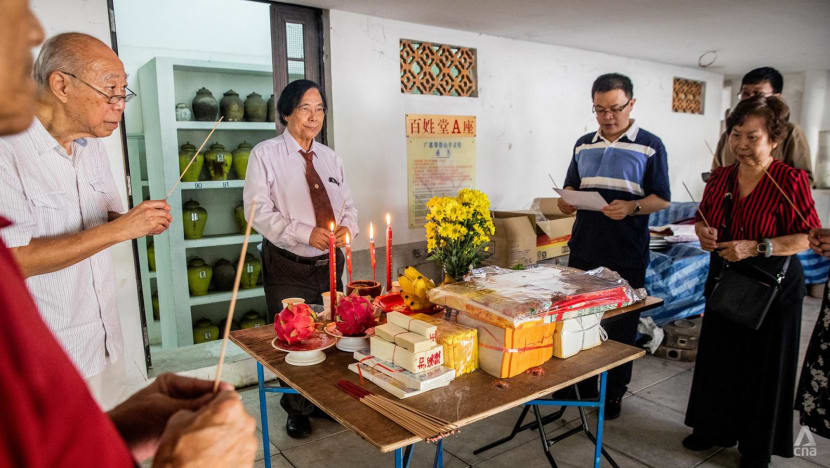
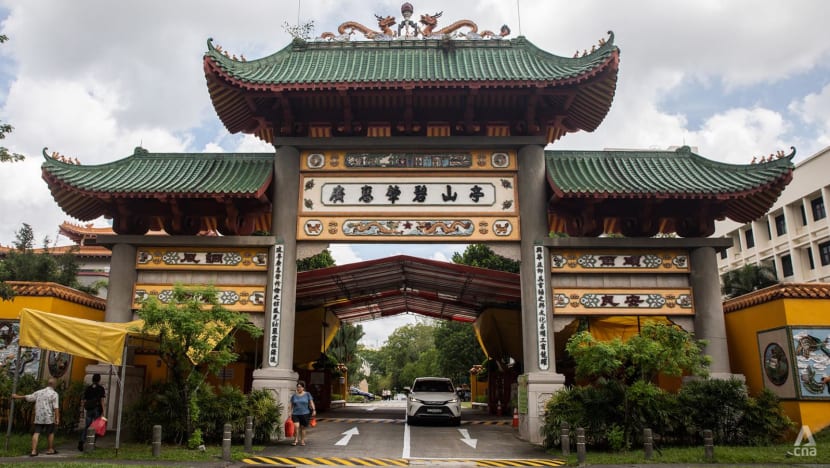
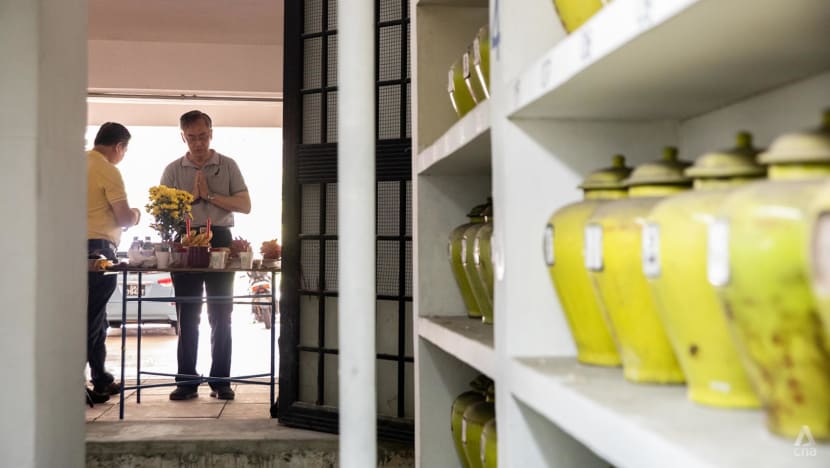

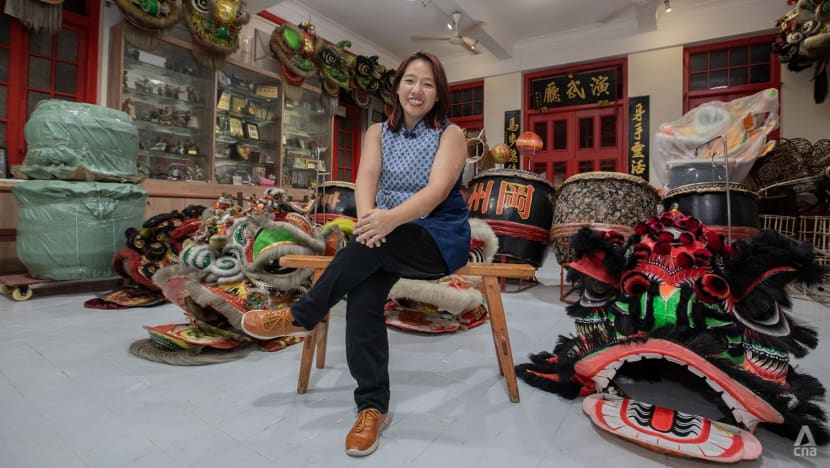
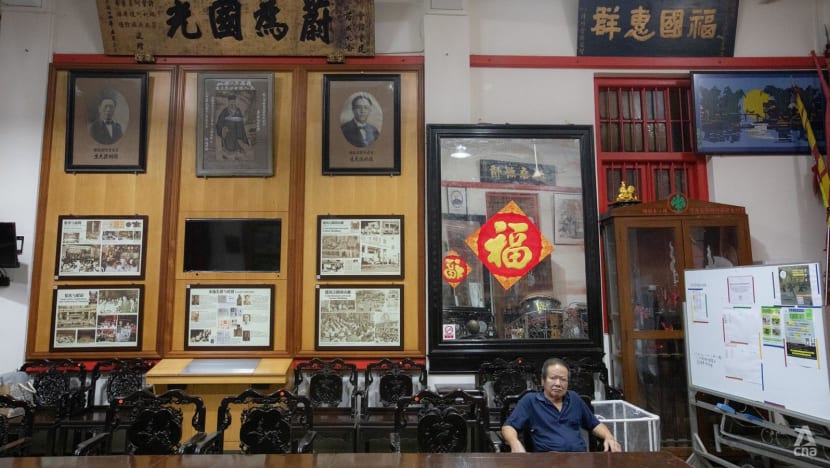
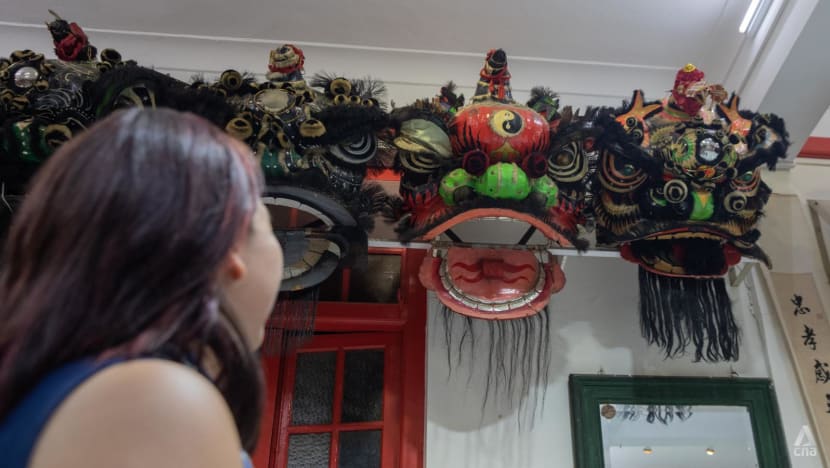
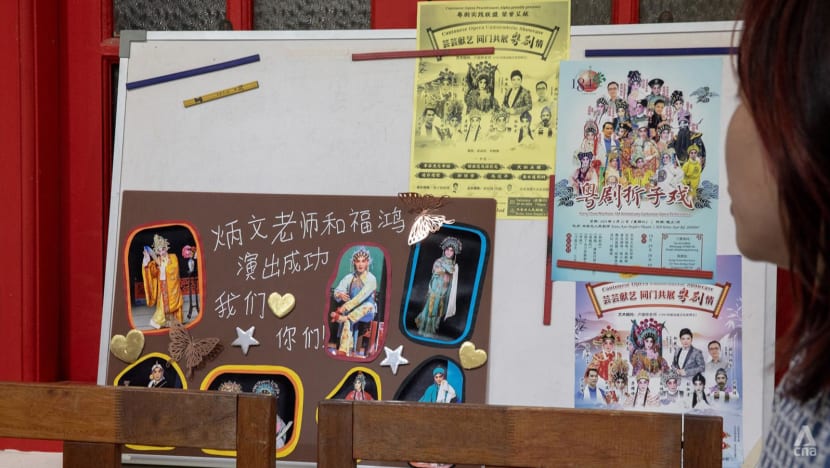
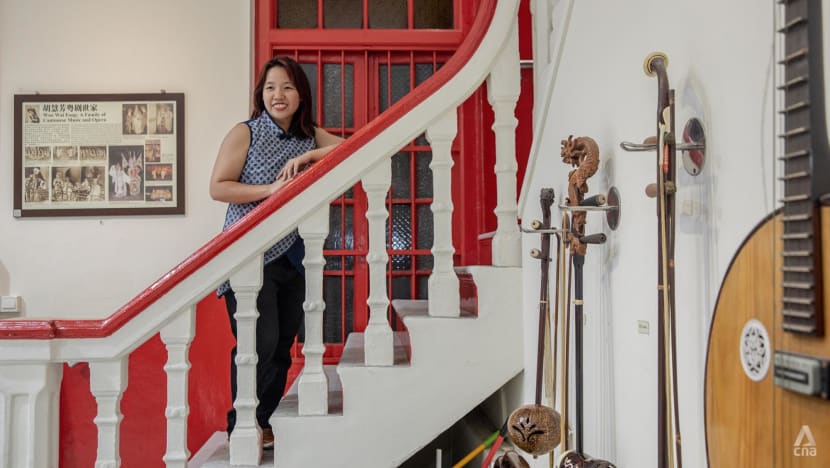
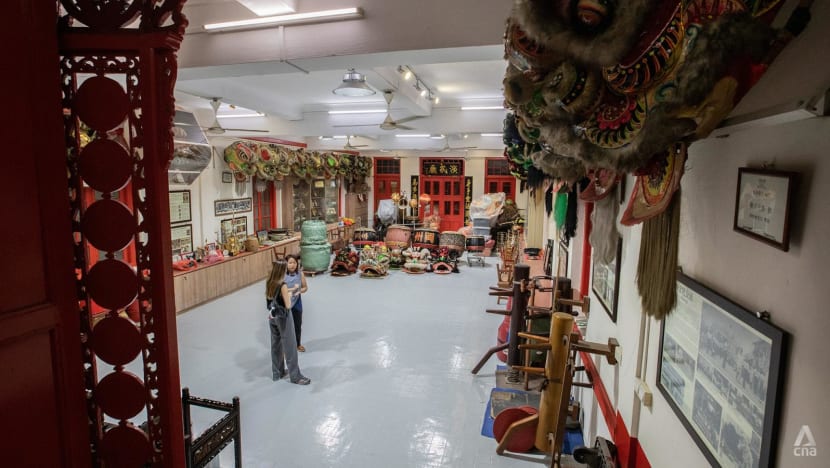


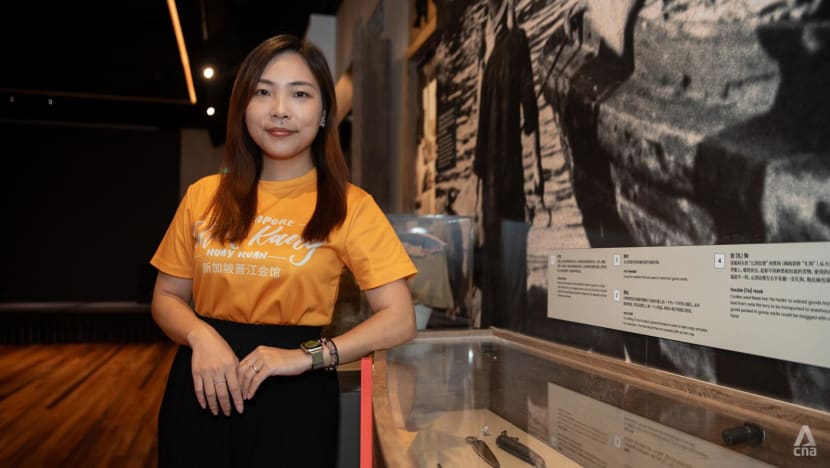
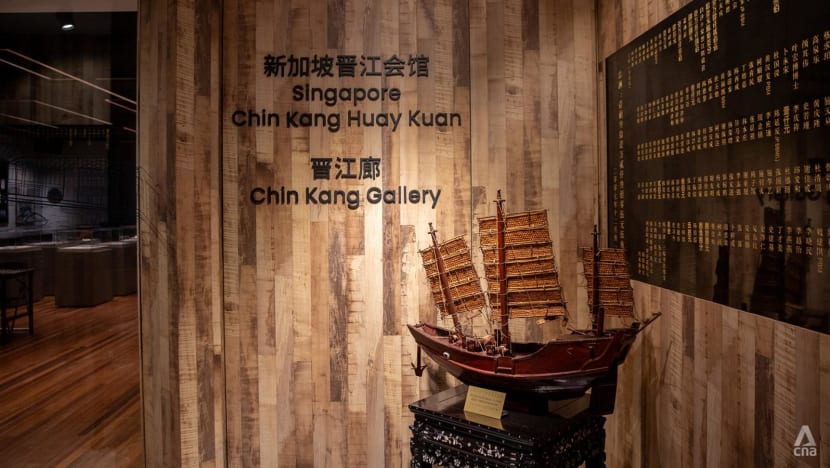

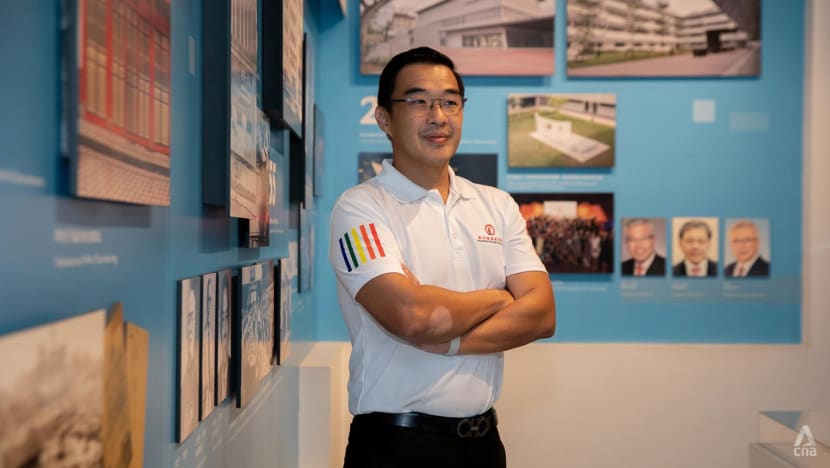
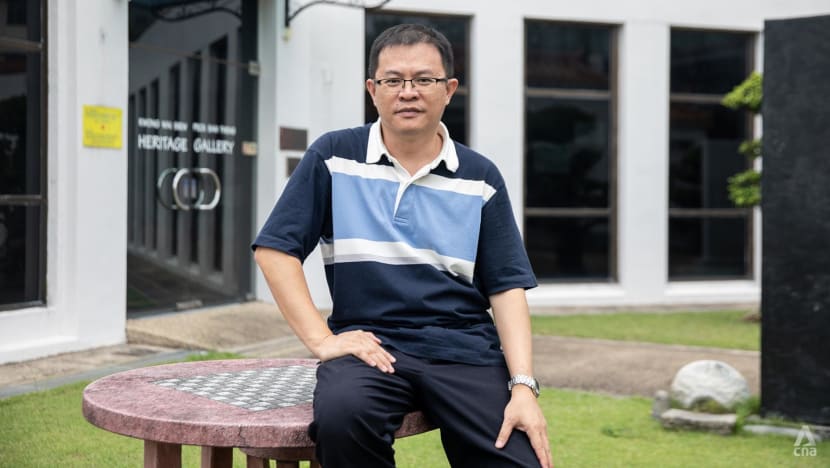
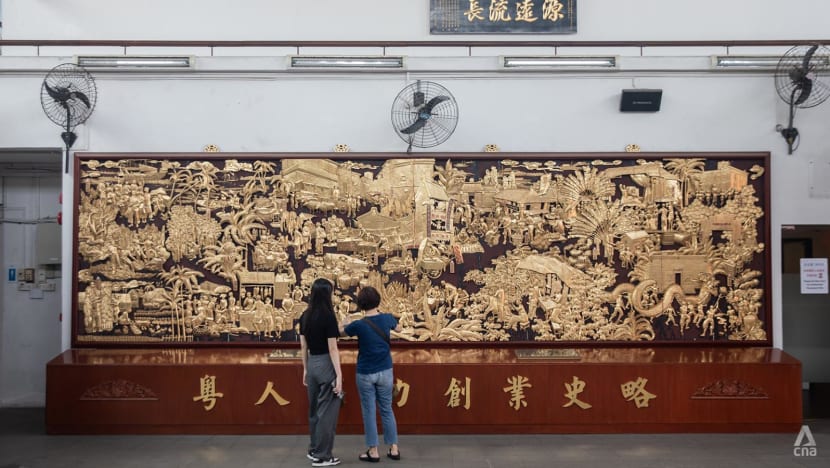
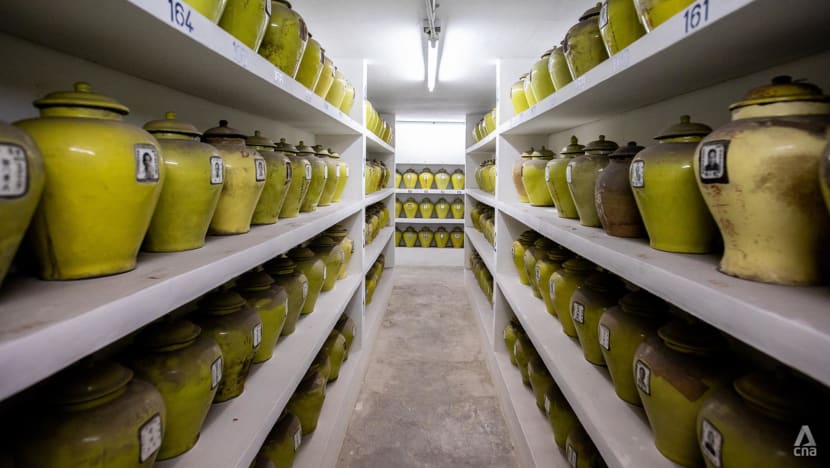

No comments
Share your thoughts! Tell us your name and class for a gift (: